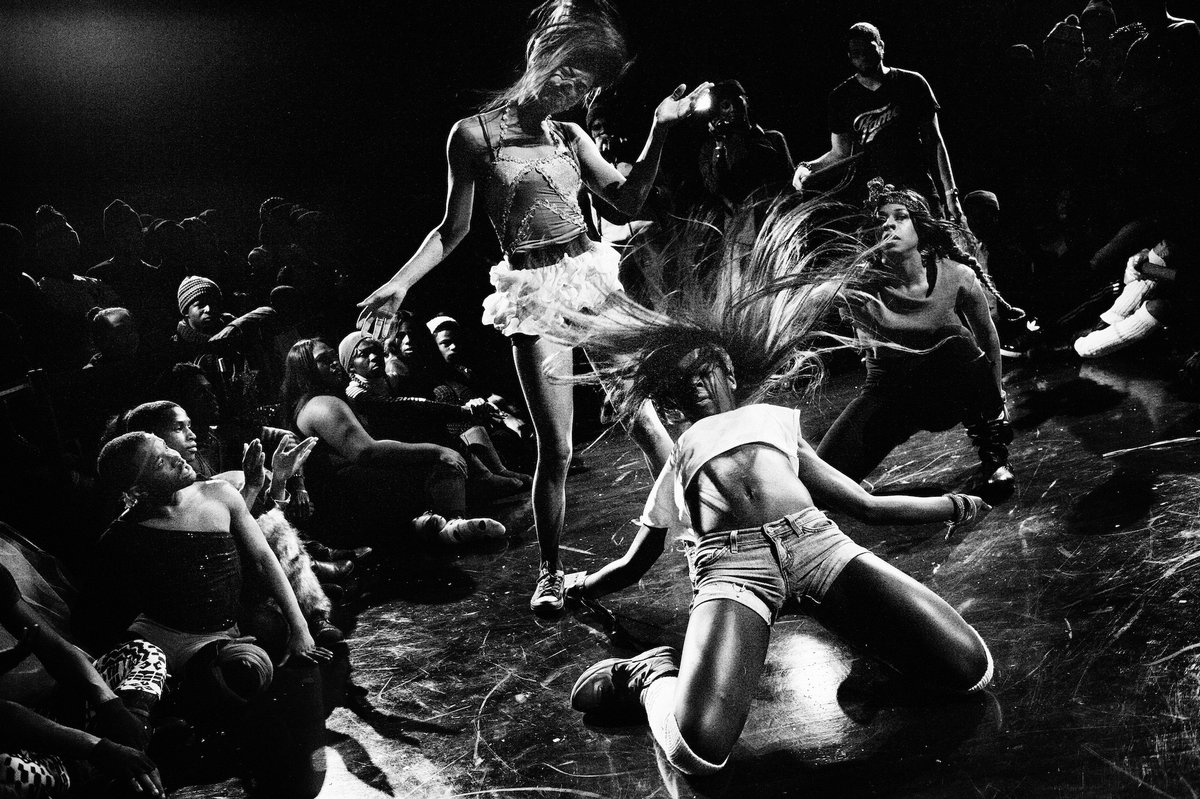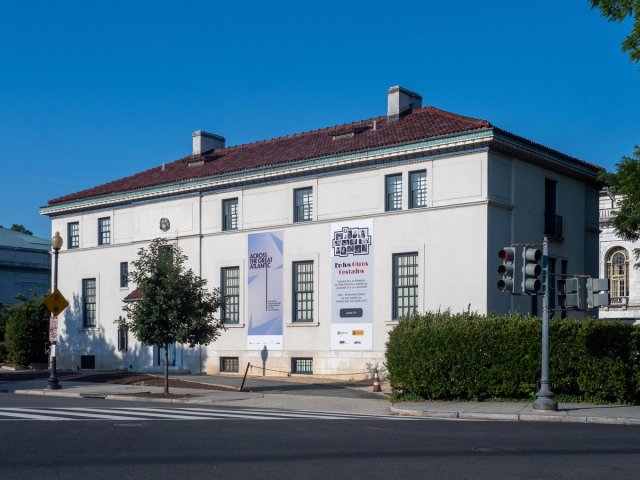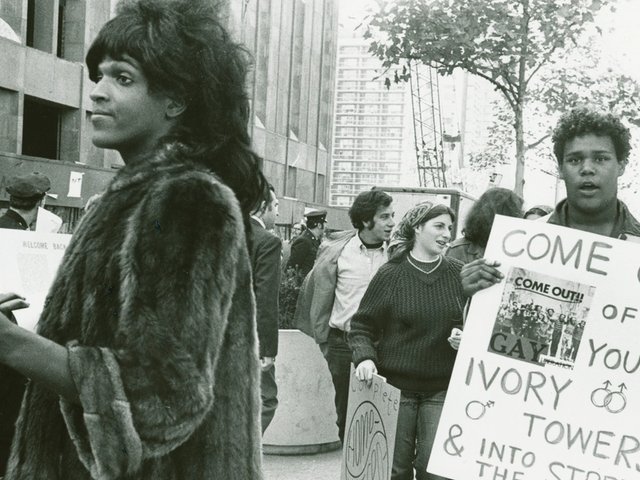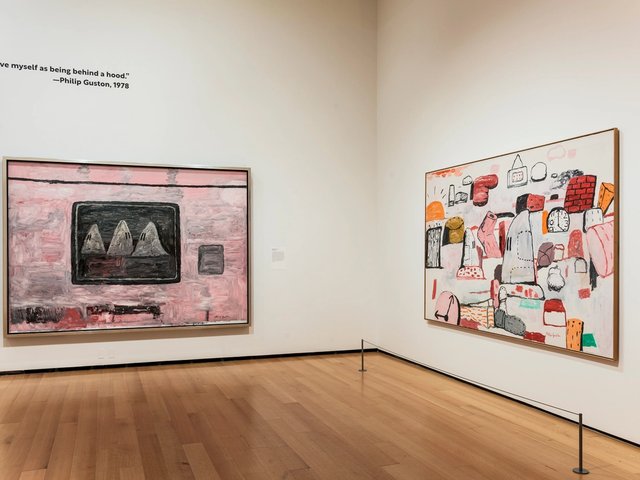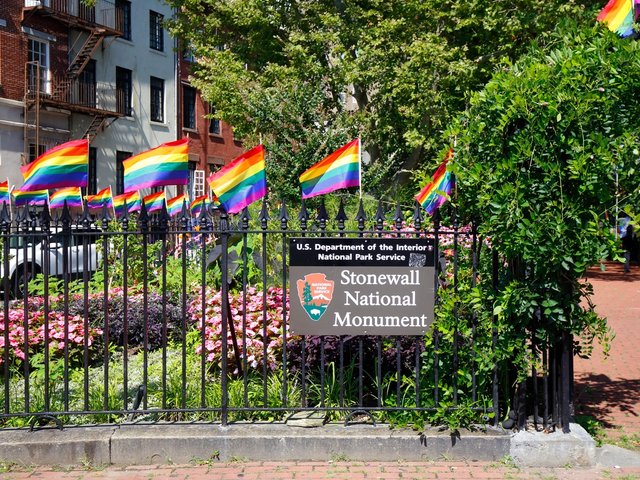In early 2025, upon Donald Trump’s return to the White House, exhibitions at the Museum of the Americas in Washington, DC featuring Black and LGBTQ+ artists were suddenly canceled. The decisions seemed to be in response to an executive order Trump signed on his first day in office that restricts diversity, equity and inclusion (DEI) “mandates, policies, programmes, preferences and activities”.
On 14 March, President Trump signed an executive order seeking to eliminate the Institute of Museum and Library Services, the only federal agency dedicated to funding museums and libraries, and on 27 March he signed another executive order putting pressure on the Smithsonian Institution over exhibitions and programmes he claimed "degrade shared American values". The chaos created by these orders has caused marginalised artists to fear exclusion and erasure. Museum leaders are also concerned, wondering what this means for the future of their institutions. And these changes come at a time when queer and trans people are under widespread attack from the Trump administration.
Zachari Logan, an artist from Saskatchewan, Canada, who was affected by the cancellation of exhibitions at the Museum of the Americas, says he was devastated when work he had spent years making suddenly had no home. “I was caught in a fog of disbelief when I first heard the news of Nature’s Wild being cancelled,” Logan says. “It became much more gutting as it sank in that this was due at least in part to Trump.”
He adds: “This sets a very dangerous precedent, and it becomes a bellwether moment for creators and cultural workers globally.” The artist, who is in his forties, says that “queers my age or older will remember not that long ago that there was little to no institutional programming for anything other than (mostly) white, heterosexual men”. Programming and exhibitions that were queer in any discernible way were often met with barriers and silenced through censorship “including removal of funding”. Logan adds: “The myth of progress has offered a false sense of safety to many of us.”
Some museum leaders feel that is precisely the reason to be loud and continue to unapologetically put on exhibitions featuring queer and trans artists—in addition to providing physically safe spaces for marginalised people. The leader of the National Museum of Women in the Arts (NMWA) in Washington, DC emphasises both imperatives.
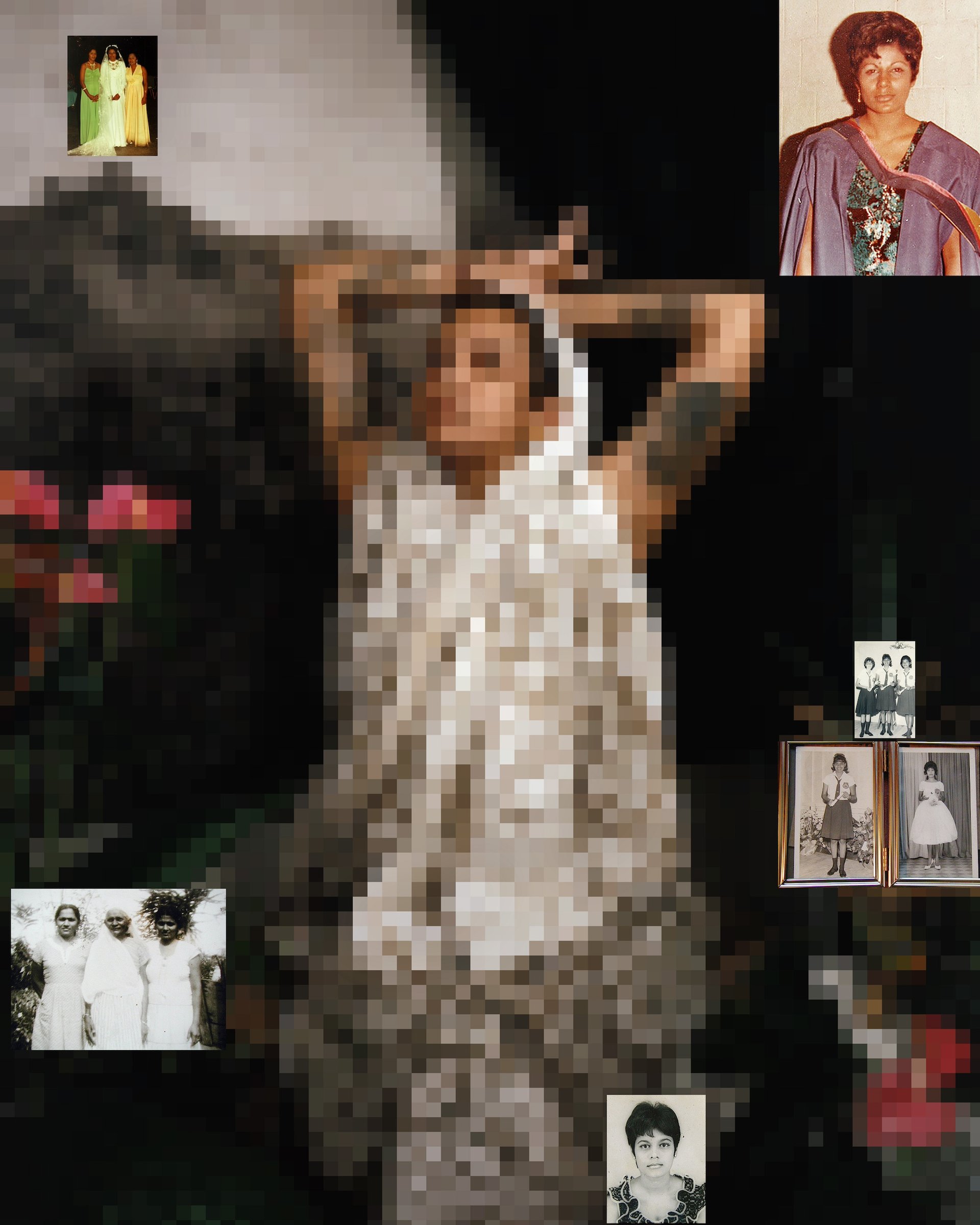
Samantha Box, One Kind of Story, from the series Caribbean Dreams, 2020, was recently included in the artist's solo exhibition at the National Museum of Women in the Arts, Samantha Box: Confluences Courtesy of the artist; © Samantha Box
“The safety of the museum's visitors, staff, artists and community partners is of the utmost importance to us. This is about physical security of course, but also about being a truly inclusive and welcoming, safe space,” Susan Fisher Sterling, the museum’s director, tells The Art Newspaper. “Our programmes, our exhibitions and our collection include LGBTQIA+ artists and communities. But beyond this vital representation, we want to be a place where traditionally marginalised communities and those under threat today can come together.”
Sterling emphasises that the museum was founded with the mission to counter gender-based discrimination in the arts and that although its name has “women” in it, “the experience of gender inequity is more expansive, as is our mandate. This includes cis women, and transgender and nonbinary individuals.” She adds that “the need for advocacy is a long-term reality and we have a responsibility to continue our work and our mission”.
The museum’s programming reflects that sense of responsibility. The NMWA recently closed a solo exhibition by the Bronx-based photographer Samantha Box highlighting her documentary and studio-based work capturing and conveying the experiences of queer communities of colour. The museum will soon open an exhibition marking the 50th anniversary of the Women's Studio Workshop (25 April-28 September). The workshop supports marginalised communities through artists’ books, zines, printed materials, ephemera, archival materials and residencies to “serve a sustainable and more equitable art ecosystem”, as the exhibition text states. To date, the workshop has published more than 245 artists’ books, of which more than 20 will be in the show. The museum has also been collaborating with drag artists, featuring them in public programming focused on the role of drag in building connections and creating spaces of belonging, even as conservative politicians have made drag shows scapegoats for funding cuts and censorship.
The Leslie-Lohman Museum of Art in Manhattan, known for collecting, exhibiting and supporting the work of LGBTQ+ artists, activists and scholars, has carried on with its programming and will host a portion of the Andil Gosine exhibition that was cancelled by the Museum of the Americas. The museum's upcoming programming includes "Arte y Alma: Latinx LGBTQ+ Storytelling", a bilingual performance featuring storytellers celebrating Latinx LGBTQ+ contributions to the arts, on 10 April.
“We are deeply committed to providing a space where queer and trans artists and communities can find not only representation but also refuge, affirmation and strength,” says Alyssa Nitchun, the Leslie-Lohman Museum’s executive director. “In a time when LGBTQIA+ lives and creative expression are increasingly under attack, we are setting the standard for what it means to show up—boldly, unapologetically and with unwavering dedication to the artists and audiences we serve.” She adds: “At this moment, showing up for queer and trans people is not optional.”
Other museums that are not yet open but intend to showcase LGBTQ+ art include the American LGBTQ Museum, still constructing its physical space in New York City, and the Studio Museum in Harlem, which is set to open in a new building in autumn of 2025.
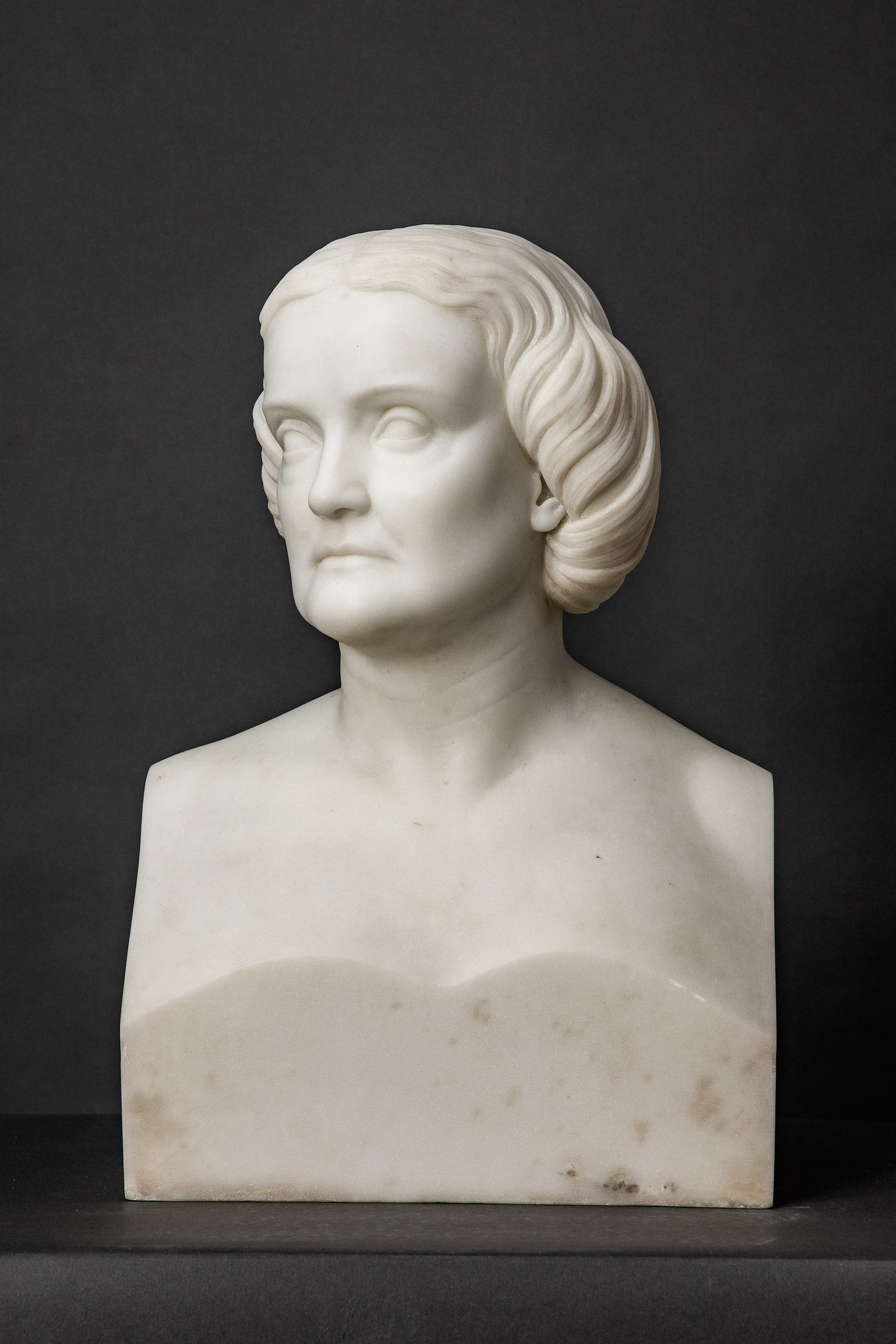
Emma Stebbins, Charlotte Cushman, 1870. The Heckscher Museum of Art, Museum Purchase from the Charlotte Cushman Foundation, Philadelphia Courtesy the Heckscher Museum of Art
Some institutions, like the Heckscher Museum of Art on Long Island, are making a point to unequivocally state that queer and trans art and artists deserve to be included at all times, in all ways. The museum has devoted the entire year of 2025 to LGBTQ+ art, informed by an intergenerational queer advisory board with members of all ages. The Heckscher’s year-long Pride Initiative includes the recent exhibition Embracing the Parallax: Berenice Abbott and Elizabeth McCausland, curated by Jessica Rosen, and an upcoming exhibition devoted to the sculptor Emma Stebbins (28 September-15 March 2026), who is best-known for her Bethesda Fountain in Central Park, though rarely referenced by name or mentioned for being an out and proud lesbian in the 19th century.
“We’re going out of our way, and the museum as a whole is going out of its way, to make a statement that we’ve always been part of history, we’ve always been part of art and we’re not going anywhere,” says Evie Knell, a member of the Heckscher’s board.
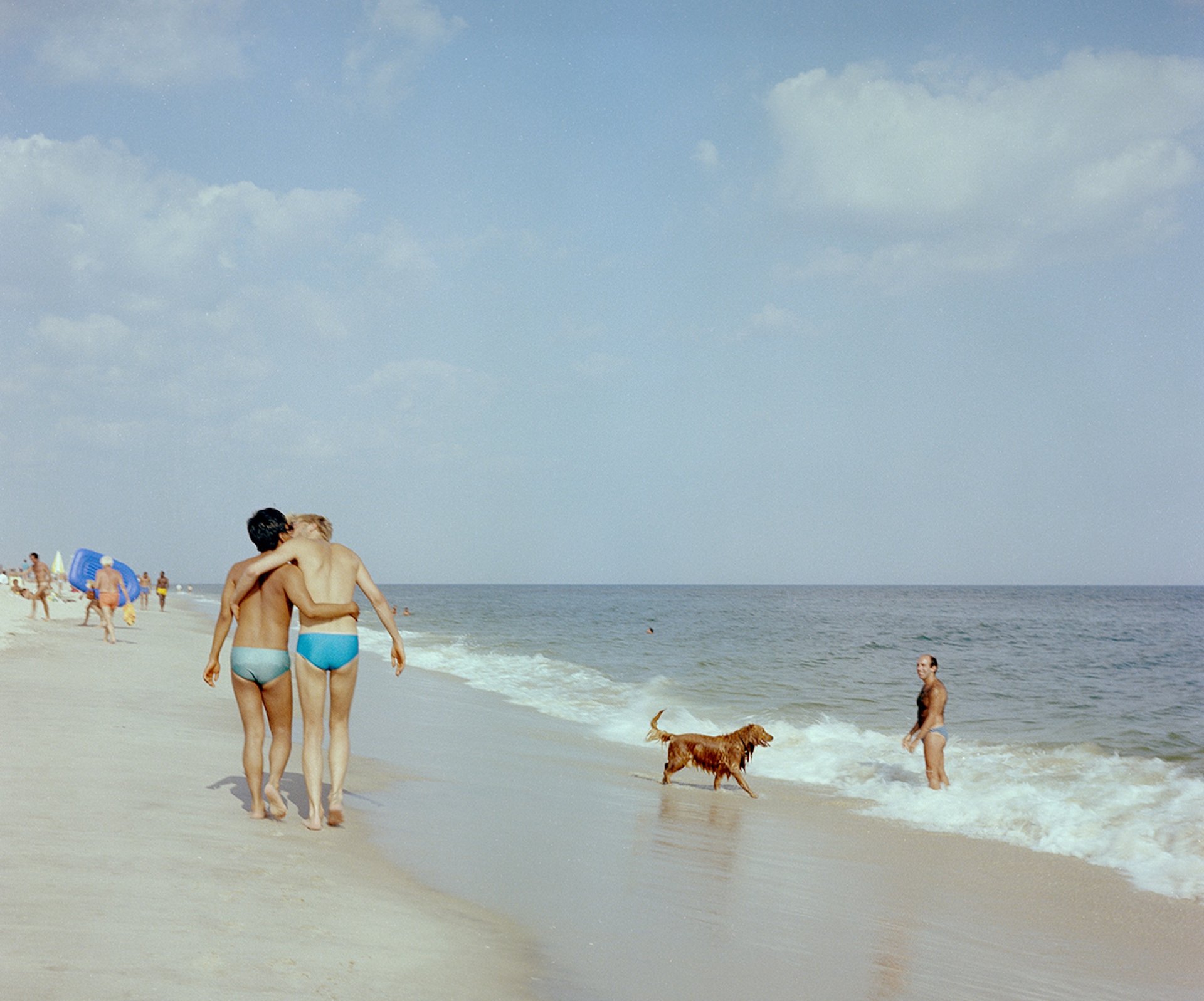
Joanne Mulberg, Fire Island Pines, August 1982. Gift of the artist, the Heckscher Museum of Art Courtesy the Heckscher Museum of Art
For Pride Month in June, the museum will open the exhibition All of Me with All of You: LGBTQ+ ART Out of the Collection (7 June-14 September), which will be accompanied by a living queer historical timeline created by the intergenerational queer advisory board.
“As an art museum, I do think we have an obligation to be a space where marginalised community [members] feel welcome and can express themselves and be comfortable,” says Heather Arnet, the Hecksher’s executive director. “Museums are not just a home for the paintings, but a home for the people who create the art, the people who are in our community—a place for people to connect with one another, where people can have challenging conversations with one another. To learn and develop empathy and respect and be a safe space to engage in deep conversations without animosity.”


